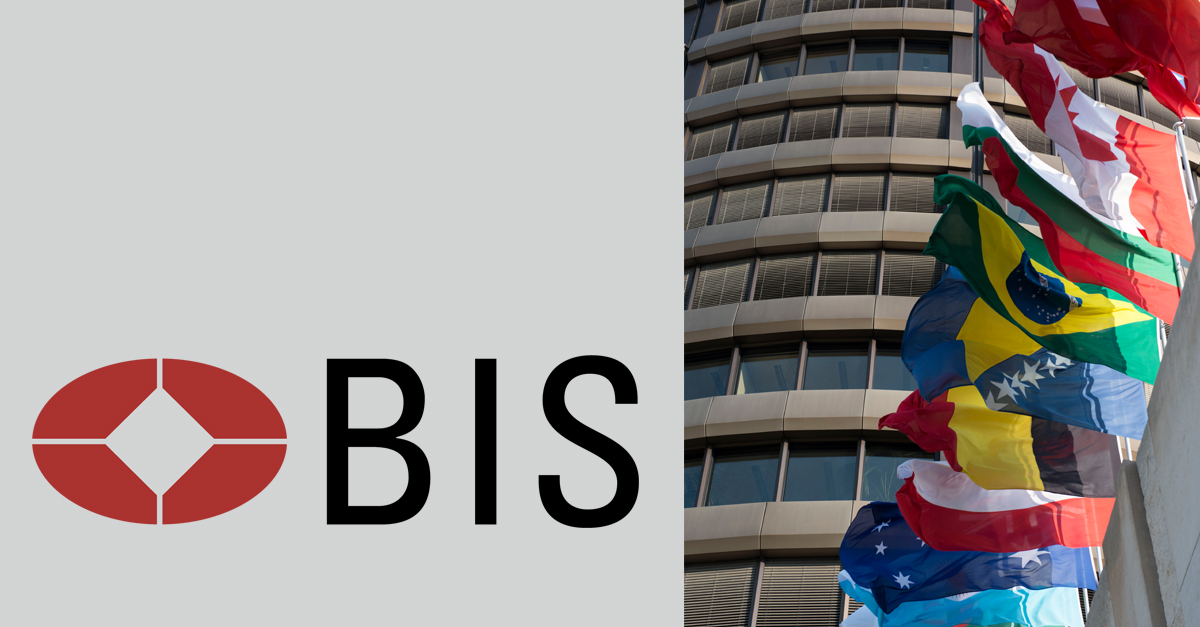Financial Stability Risks and Potential of Decentralised Finance (DeFi)
DeFi, with its blockchain-driven approach, seeks to transform finance by eliminating intermediaries using smart contracts. However, as its influence grows, so do its vulnerabilities. The FSB's 2023 report highlighted the sector's resilience.

Understanding the Financial Stability Risks and Future Potential of Decentralised Finance (DeFi) and DApps
Decentralised finance, popularly known as DeFi, is growing rapidly within the cryptoasset ecosystem and is becoming a major player in the financial landscape. DeFi is a term used to describe various services in the cryptoasset markets that aim to duplicate some of the functions of the traditional financial system but in a more decentralized manner. It uses self-executing code known as smart contracts, replacing the role of financial institutions.
The DeFi sector encountered several challenges in 2022, exposing vulnerabilities such as operational fragilities and liquidity and maturity mismatches among others. However, the Financial Stability Board (FSB) in its 2023 report, notes these vulnerabilities did not affect the traditional financial system due to DeFi's relative size and limited interconnectedness with traditional markets. The FSB also throws light on the potential growth of DeFi and its increasing links with traditional finance, which could pose potential challenges to financial stability. Among the services offered under DeFi are decentralised applications (DApps) which can replicate traditional financial system functions, thereby transforming the financial landscape.
The Convergence of DeFi and Traditional Finance: Navigating Vulnerabilities in a Connected World
In the ever-evolving financial cosmos, a transformative wave known as decentralized finance, or DeFi, has begun to ripple. With its roots in blockchain technology, DeFi, along with its partner-in-crime, decentralized applications (DApps), aims to revolutionize traditional financial mechanics by introducing self-executing smart contracts. This digital renaissance aspires to mirror and sometimes enhance the functionalities of the established financial order. Yet, it's essential to realize that as it stands to augment the financial realm, it also brings forward magnified vulnerabilities that traditional systems grapple with.
One might ponder, what makes DeFi distinct? The magic lies in its ability to perform financial functions without the quintessential intermediaries. However, this direct approach, while groundbreaking, carries its own set of challenges. Factors like automated collateral liquidation controlled by smart contracts, or the heavy reliance on underlying blockchains, exhibit risks that could manifest distinctively within DeFi, diverging from their counterparts in conventional finance.
In 2022, as the DeFi sector embarked on its meteoric rise, it wasn't without hiccups. Challenges emerged, exposing chinks in its armor, ranging from operational frailties to intricate issues like liquidity and maturity mismatches. The Financial Stability Board (FSB) in its comprehensive 2023 report, while acknowledging the hitches, highlighted the sector's resilience. The established financial ecosystem, despite DeFi's perturbations, remained largely unperturbed, thanks to DeFi's then limited scale and interaction with traditional markets.
However, the FSB report wasn't all roses. It forewarned the financial world of DeFi's burgeoning influence and its intertwining ties with classical finance. With DeFi's growth trajectory aimed skyward, becoming increasingly entwined with the broader financial framework and the real-world economy, the report urged for vigilant, proactive oversight. In essence, the clarion call was clear: as DeFi bridges its realm with the conventional, the onus falls on regulatory watchdogs, institutions, and stakeholders to ensure that this blending occurs seamlessly, without jeopardizing the larger financial fabric.
So, what's next for the world of finance? As DeFi and traditional financial ecosystems move closer, fostering collaborations, cryptoasset exchanges too will play pivotal roles, shaping this dynamic landscape. A future rooted in transparent governance models, rigorous vulnerability checks, and fortified cybersecurity measures beckons. Moreover, with clear regulatory pathways, the goal is not just innovation, but innovation with security and stability at its core.
In conclusion, as the digital and traditional financial realms converge, navigating this intricate maze requires a synergy of innovation, regulation, and collaboration. It's not just about embracing the future; it's about sculpting it with insight, foresight, and diligence.
Read More

Reduce your
compliance risks

